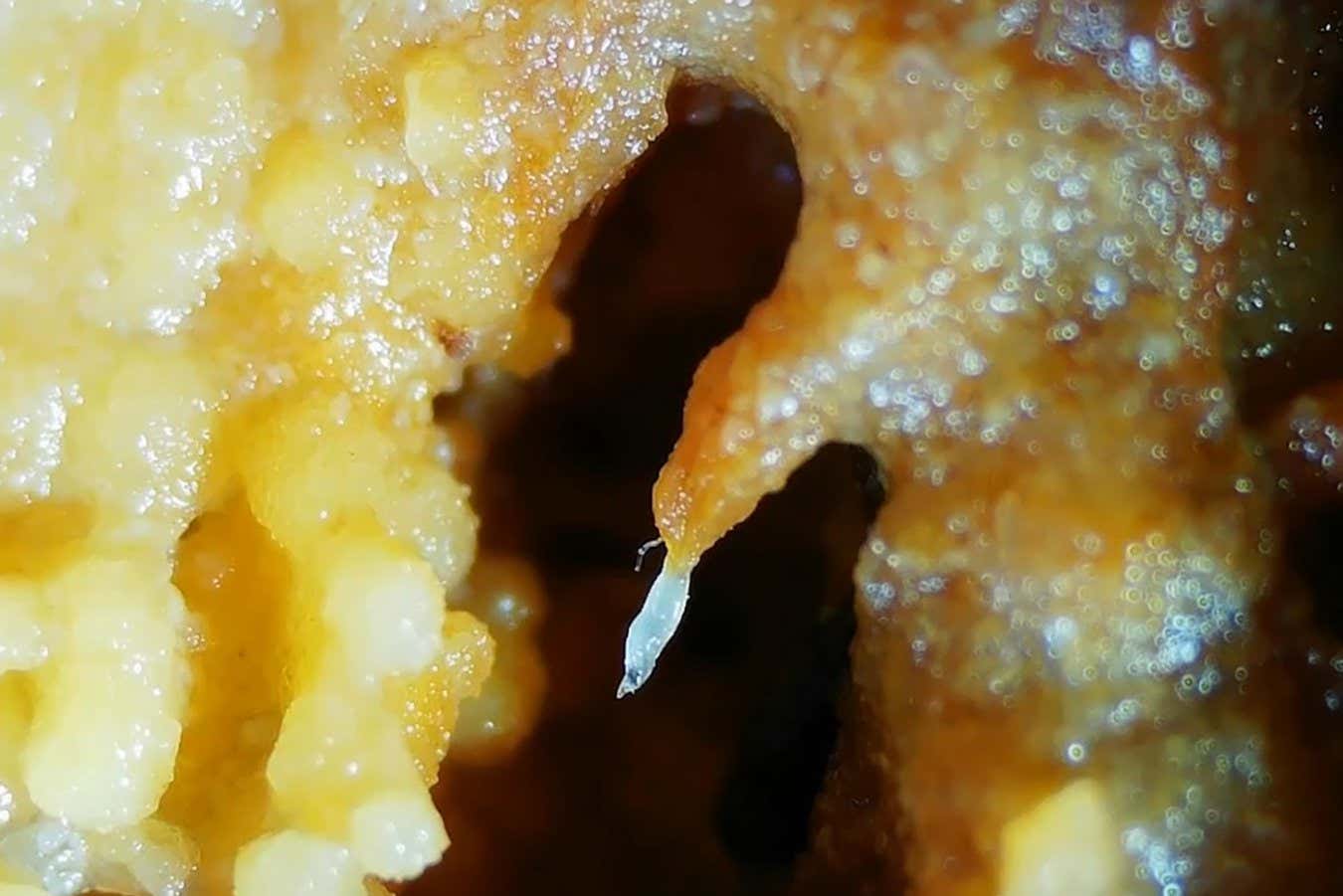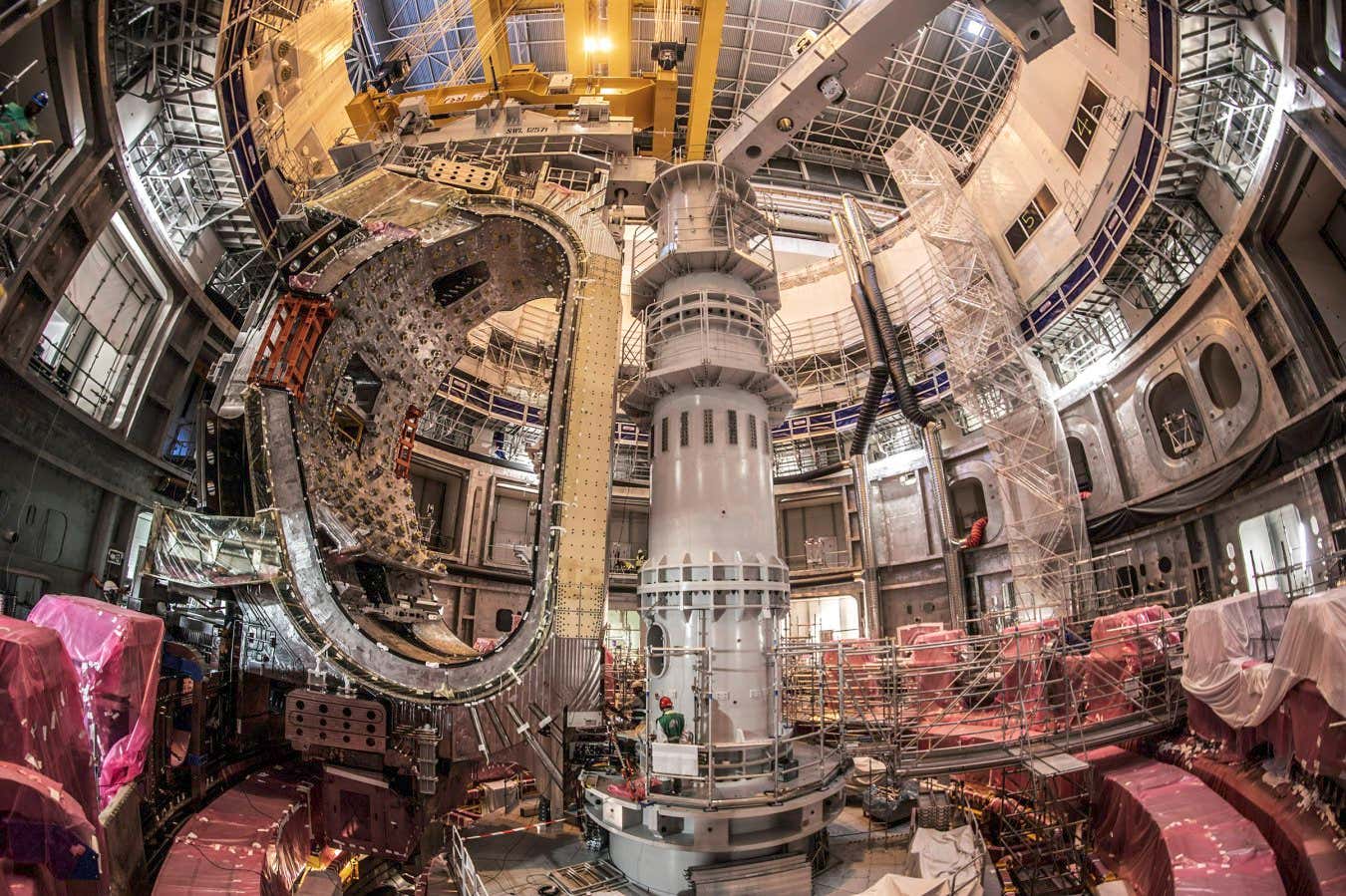Mind
Two brain regions seem to work together to determine whether we are seeing something real, or merely a product of our imaginations – and understanding them further may help treat visual hallucinations
By Carissa Wong

Similar brain regions are involved in imagination and perceiving reality
Naeblys/Alamy
How do you tell if something is real or imaginary? We have now discovered a brain pathway that seems to help you decide – and the finding could improve treatments for hallucinations caused by conditions such as Parkinson’s disease.
We already knew that the parts of the brain that activate when we imagine something visual are similar to those involved in perceiving actual visual stimuli, but it is unclear how we distinguish between the two. “How does our brain know which of these signals reflect our imagination or what is reality?” says Nadine Dijkstra at University College London.
To find out, Dijkstra and her colleagues asked 26 people to carry out a visual task while their brain activity was recorded via MRI scans. The participants had to view a static grey block on a screen for 2 seconds, in a process repeated more than 100 times. They were also instructed to imagine seeing diagonal lines on each block, though half of the blocks really did have diagonal lines.
After viewing each block, the participants were asked to rate how vividly they saw the lines on a scale of 1 to 4 and say whether they thought the lines were real or imaginary.
By analysing the brain recordings, the researchers found that an area called the fusiform gyrus was more active when people saw lines more vividly, irrespective of whether the lines were truly there.
“We know from previous studies that this area activates during perception and imagination, but now we showed that this actually tracks how vividly you experience visual imagery,” says Dijkstra.
Crucially, when the activity in the fusiform gyrus rose above a certain threshold, this led to a jump in activity in an area called the anterior insula, leading people to judge something as real. “You’ve got this other region that’s connecting with the fusiform gyrus – perhaps it’s getting signals and giving signals back – and it’s making a more binary decision: real or not real,” says Dijkstra.
While it is unlikely that these brain regions are the only ones involved in deciding what is real versus imaginary, further exploration of this pathway could deepen our understanding of how to treat visual hallucinations caused by conditions such as schizophrenia and Parkinson’s disease.
“Perhaps in people who experience visual hallucinations, either there’s too strong activity in the fusiform gyrus when they’re imagining or their anterior insula is not monitoring signals correctly,” says Dijkstra.
“I think this work is going to be informative about clinical cases,” says Adam Zeman at the University of Exeter, UK. “But there’s quite a big step between deciding whether some small fluctuation in your sensory experience is due to something happening in the real world and seeing a fully formed hallucination – which you remain for some time convinced of,” he says.
To help bridge this gap, Dijkstra’s team is now exploring the pathway in people with Parkinson’s disease.
Topics:





















